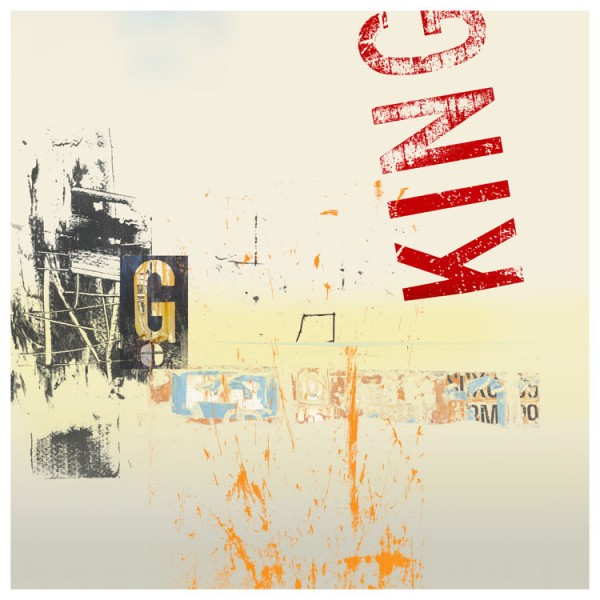
This week I have been participating in the “art challenge” thrown down on Facebook. I don’t know where these things come from, (likewise memes, where are they born? who runs the meme factory?) but this one seems to have started in the illustrator community and crossed over into the artist world that is my social media life. Unlike the chain letter of old in which a tattered mimeograph threatened karmic harm and financial ruin if you didn’t pass it along with five dollars to the next person, this benign version simply asks that you post three images for five days in a row, each time tagging a new artist. In the currency of the chain letter, five dollars is worth approximately one ‘like’, as one ‘like’ can, if you are fortunate accrue interest and become forty, and perhaps even lead to a comment. Which of course will not buy you a cup of coffee. [Read more…]











